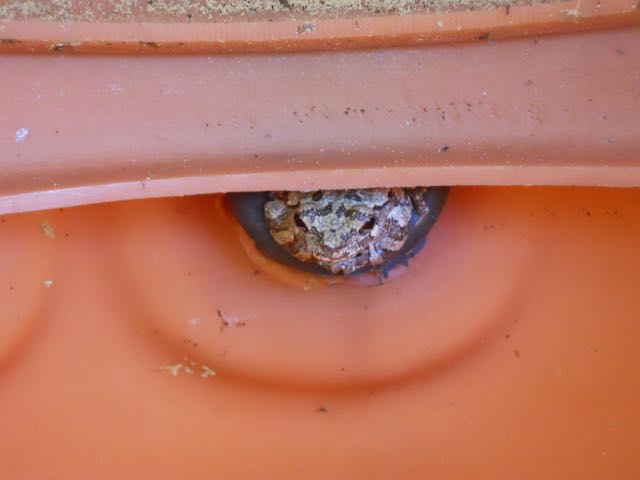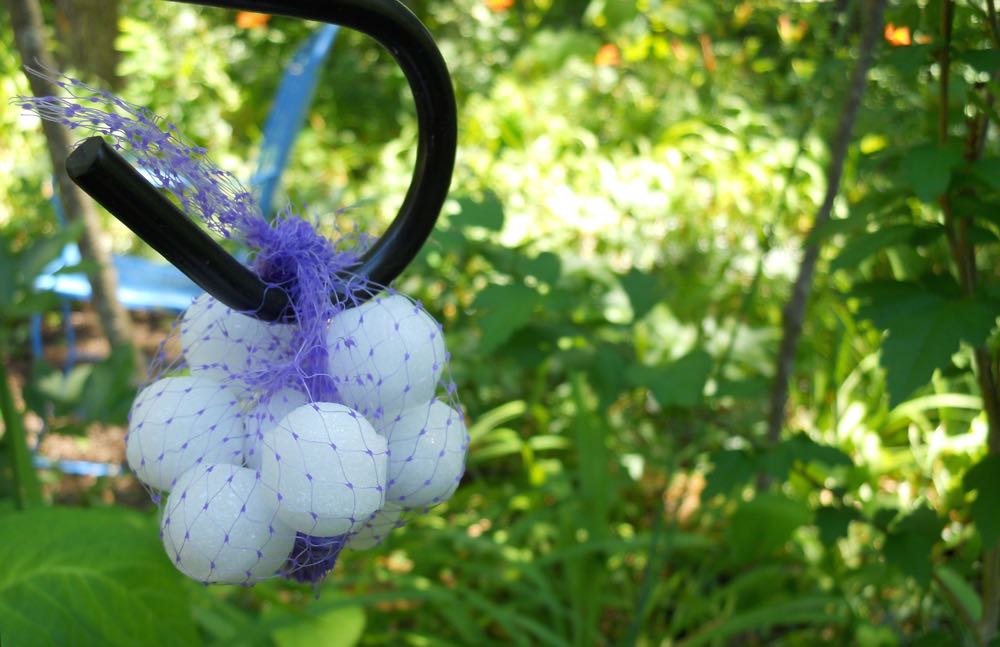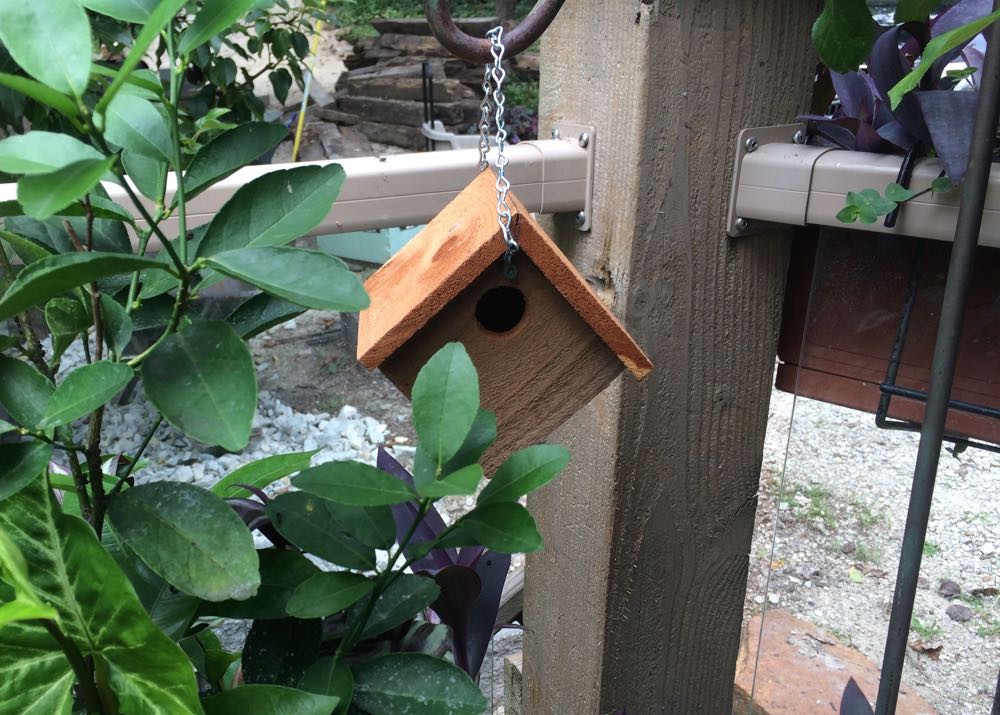For the Love of Geraniums
/My newest addition to my geraniums, aren't these pretty?
"Science, or para-science, tells us that geraniums bloom better if they are spoken to. But a kind word every now and then is really quite enough. Too much attention, like too much feeding, and weeding and hoeing, inhibits and embarrasses them." ~Victoria Glendinning
For the Love of Geraniums
So maybe this is a good time to confess I am a lazy gardener. Maybe I should say I have better things to do with my time in the garden than - well, mow grass, or in the spring tend to delicate seedlings. I do, and can, but I have found, over the years, that a hardy plant that originated in South Africa can survive in inside pots through winters long enough to quickly bring me a splash of color every spring: geraniums.
It was a discovery I made by happenstance. A friend gave me a little geranium start literally in a brown bag, telling me the little green piece would quickly turn into a plant if I just put it in a pot, watered it and made sure it had a little care.
In those days, I had yet to hear about people cleaning soil off geranium plants and wintering them over in brown bags in the basement so I was intrigued. Could this little 3-inch sprig really become a plant?
A few weeks later, there were buds on a little corner and I was intrigued. Once in bloom, that plant had flowers continuously the rest of the growing season, inspiring me to haunt plant sales and bring more varieties and colors home. To this day most of my deck pots have a geranium as a base plant. Maybe two.
It Started with Salmon
A basic salmon geranium has been a parent plant but not by design. It was wintering over in a corner where one of my cats liked to nap in the pot in the sun. Little plant pieces would fall off so I would plant those in neighboring pots, resulting in several salmon geranium starts that now are potted and are keeping my deck company.
The original geranium now has a rock where the cat used to nap, and the cat has a basket nearby in a sunny spot for naps. The verdict is still out on how well this arrangement will work out but the geranium appears to be happy.
The old-fashioned, traditional, die hard basic geranium our grandmothers had.
Besides color, geraniums are also available with scents, which I haven't been able to find at any of our local nurseries yet.
What I have found, though, are these wonderful red and pink iridescent geraniums that brighten up any spot where they sit. I love their variegated coloring, especially in flower arrangements. That's another wonderful quality of geraniums. Cut at the right time, they will last a long time as cut flowers.
These geraniums are as bright as they seem to be and no, they do not glow in the dark. I checked.
Easy to grow, continuous blooming and forgiving - pretty close to perfect, if you ask me!
Charlotte


































































